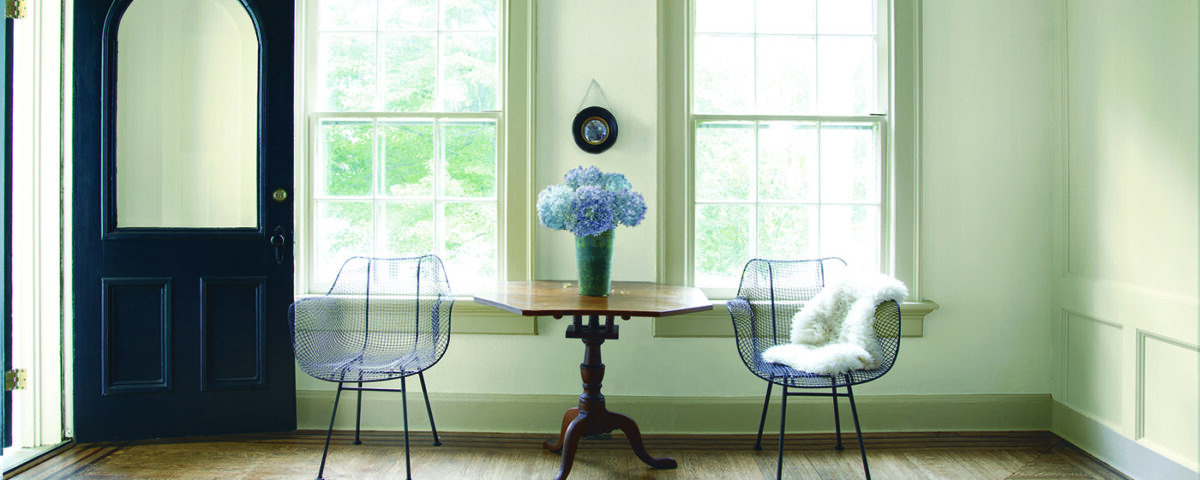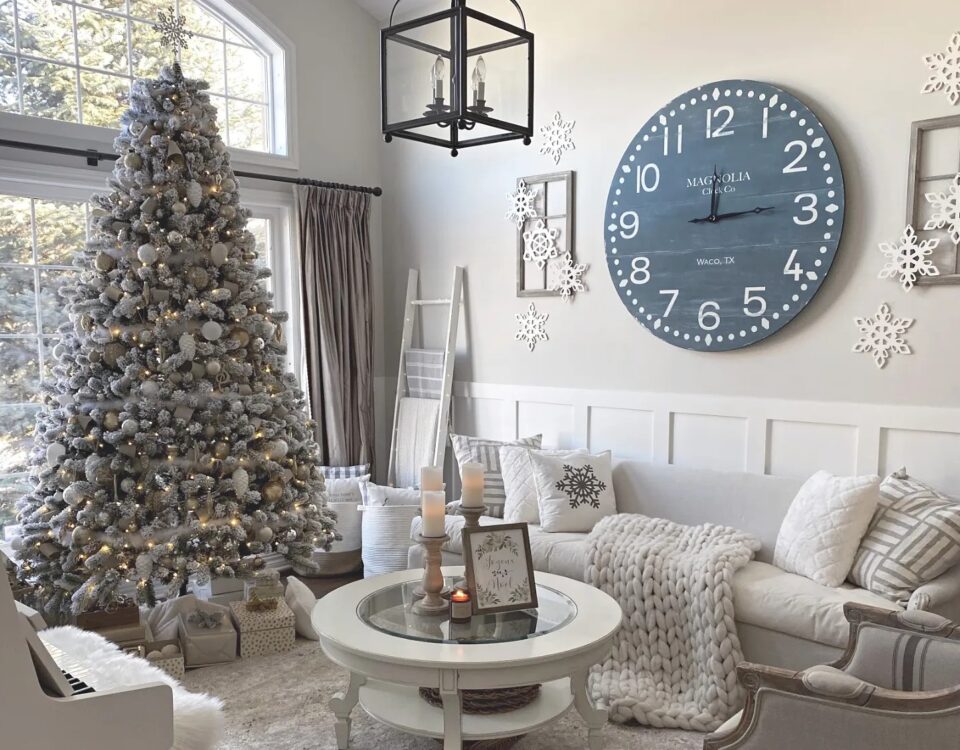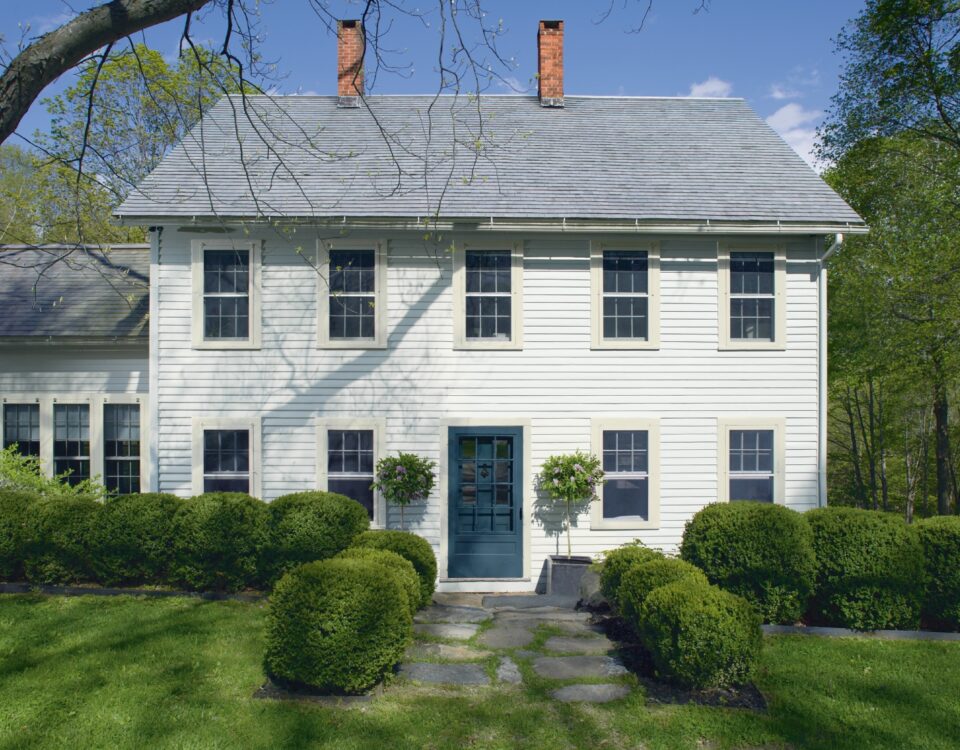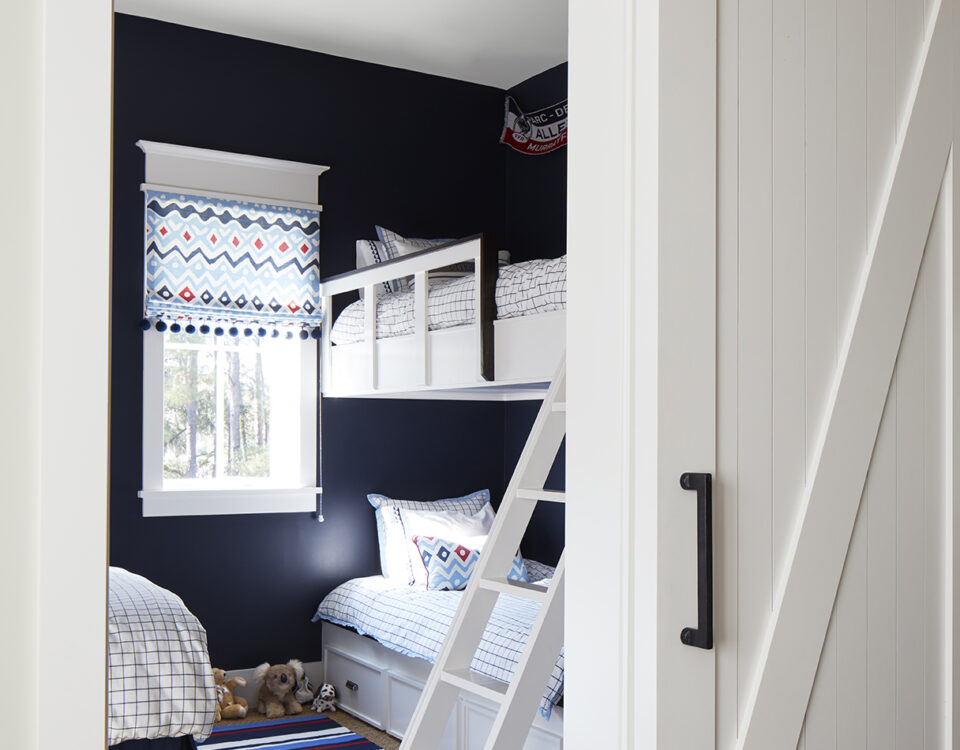
Child-Friendly Paint Ideas: Creating Safe and Stimulating Spaces
April 8, 2024
Seasonal Maintenance: Protecting Your Exterior Paint Year-Round
December 7, 2024Maximizing Small Spaces: Color Strategies to Open Up a Room
Decorating a small space doesn’t have to feel limiting. With the right color strategies, you can create the illusion of more space, add depth, and make your room feel brighter and more inviting. Here are practical tips and tricks to maximize the potential of small spaces through color.
Light and Neutral Colors
Light shades such as whites, creams, soft grays, and pastels reflect light, making a room feel open and airy. Neutral tones provide a versatile backdrop, allowing you to experiment with colorful accents in furniture, decor, or wall art without overwhelming the space.
Monochromatic Color Schemes
Using variations of a single color throughout the room creates a seamless, cohesive look that makes the space feel larger. For example, pairing light gray walls with slightly darker gray furniture and decor keeps the eye moving without creating visual breaks.
Strategic Accent Walls
An accent wall can add depth and character to a small room when used thoughtfully. Opt for darker hues on one wall to draw attention, while the surrounding lighter walls maintain a sense of openness. Avoid overly bold patterns or colors that might overwhelm the space.
Cool and Receding Tones
Cool colors like blues, greens, and soft purples have a receding quality, which gives the illusion of depth. Use these hues on walls to make them feel farther away, expanding the perceived dimensions of the room.
Ceiling Colors
Painting the ceiling in a lighter shade than the walls can create the illusion of height. If you’re feeling adventurous, a subtle sky-blue ceiling can add charm while enhancing the sense of vertical space.
Glossy Finishes
High-gloss or satin finishes reflect light and make surfaces appear larger. Use these finishes sparingly, as they can highlight imperfections. Consider applying them to furniture or trim for a polished, space-enhancing effect.
Stripes and Patterns
Horizontal stripes can make a narrow room appear wider, while vertical stripes draw the eye upward, adding height. Use patterns sparingly and choose softer tones to avoid making the room feel crowded.
Mirroring with Color
Strategically placing mirrors across from windows or light-colored walls enhances the sense of space. Mirrors reflect light and color, amplifying the effects of your chosen palette.
Pop of Contrast
Adding a pop of contrast with a vibrant color in a small accessory, such as a chair, throw pillow, or piece of artwork, creates visual interest without crowding the room. This technique also draws the eye to specific focal points, enhancing the design.
Lighting and Color Harmony
The way light interacts with color plays a critical role in small spaces. Test paint samples in natural and artificial lighting to ensure the colors work well throughout the day. Layering warm and cool tones with complementary lighting can further enhance the perception of spaciousness.
Conclusion
Small spaces can feel as open and inviting as larger ones with thoughtful color strategies. By choosing light-reflecting hues, incorporating clever contrasts, and understanding how to use patterns and finishes effectively, you can transform even the coziest of rooms into a bright and airy haven.




